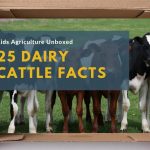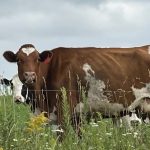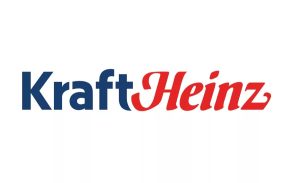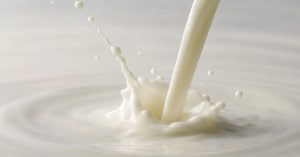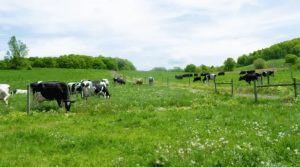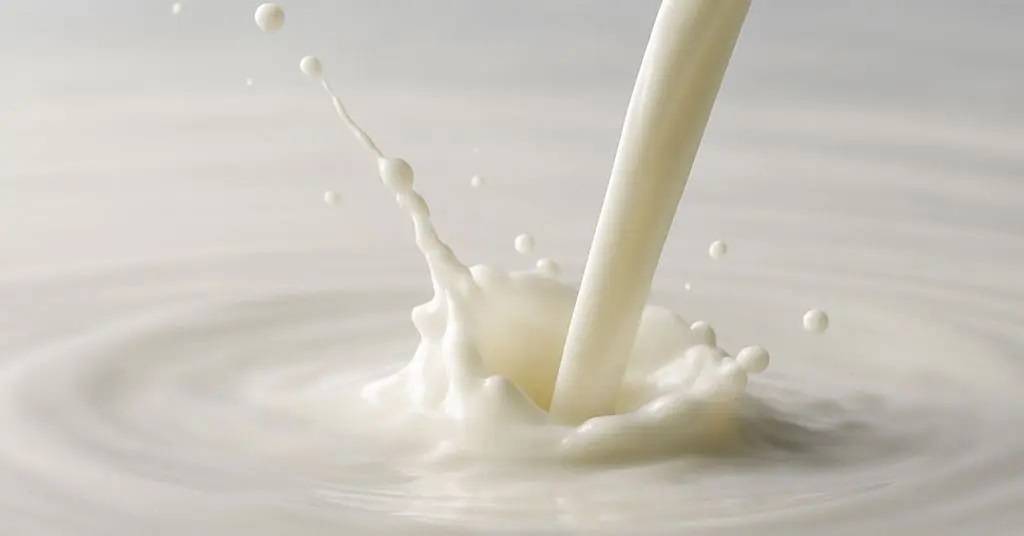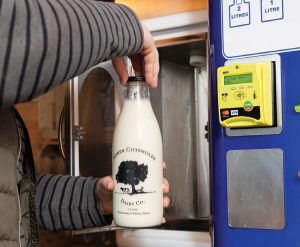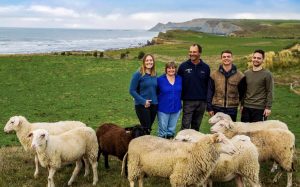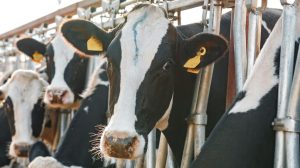
Evergreen State producers have been affirmed as achieving Stage 4 status in the National Milk Testing Program, Department of Agriculture says. Oregon and Montana herds are also HPAI-free.
The USDA’s National Milk Testing Strategy program has confirmed that Washington state’s dairies have achieved Stage 4 status, meaning that no cases of highly pathogenic avian influenza have been detected in the state’s dairy cattle or milk supply.
State agriculture officials have been collecting monthly milk samples from dairy producers since November, assembling data to demonstrate that there are no signs of avian flu in the state’s herds.
While HPAI has devastated poultry flocks throughout the U.S., including Washington, and has sickened dairy cows throughout the West, the Evergreen State has never had a confirmed case of avian flu in its dairy cattle.
It is now one of the few states to reach State 4, Washington State Department of Agriculture officials noted. Representative milk samples were collected from all of the state’s 237 dairies and tested at the Washington Animal Disease Diagnostic Laboratory in Pullman, Wash.
“This effort wasn’t easy – it took coordination, logistics and support from many producers,” said Gene Reich, WSDA’s food safety and consumer services policy and performance administrator. Reich worked with Antone Mickelson, the Northwest Dairy Association’s director of farm practices, in collecting the samples.
Stage 4 requires continuous, ongoing rounds of negative tested results over an extended period to maintain the status under WSDA and federal guidelines, state officials said.
In a release, leaders of the Washington State Beef Commission and Washington Dairy Commission celebrated the Stage 4 designation.
“I feel incredibly fortunate to work alongside such talented and passionate individuals within Washington’s milk and beef industries,” said Jackie Madill, the beef panel’s executive director. “This achievement is a testament to each and every one of them.”
Over 1,000 dairies
The designation comes as positive news for a dairy industry that has seen HPAI affect 1,025 herds in 17 states as of April 22, according to the USDA’s Animal and Plant Health Inspection Service. In neighboring Idaho, there were 24 new confirmed cases in milking cows in the previous 30 days and 65 overall as of April 22, APHIS reports.
California was the epicenter of outbreaks in cattle over the fall and winter, with 765 total cases as of April 22. But only 35 of those cases have been confirmed since late March, according to APHIS.
In the West, HPAI had also infected dairies in Colorado (64 cases), Utah (13 cases), Nevada (11 cases), Arizona (two cases) and Wyoming in the total outbreak. Oregon and Montana cattle have remained free of HPAI.
While the virus is usually fatal in birds, most cattle recover after a couple of weeks, but their illness comes at a great cost to producers. An exploratory economic analysis estimated the outbreak that has ravaged herds in the San Joaquin Valley and elsewhere has cost the industry about $198 per quarantined cow daily, emphasizing the economic strain and the critical need for containment.
The losses add up quickly; a 2,500-cow dairy under quarantine could lose close to $500,000 a day in added treatment and labor costs and lost production, Luis Garcia-Covarrubias, a University of California, Davis agricultural and environmental economist, said recently.
You can now read the most important #news on #eDairyNews #Whatsapp channels!!!
🇺🇸 eDairy News INGLÊS: https://whatsapp.com/channel/0029VaKsjzGDTkJyIN6hcP1K

